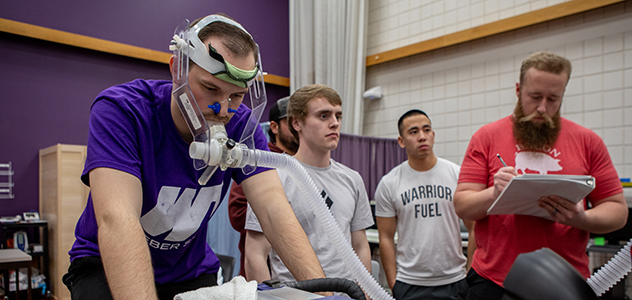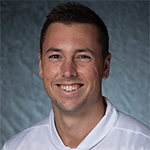Studying Exercise & Sport Science at Weber State
Weber State’s exercise and sport science program teaches active, health-conscious students the skills needed to help others maintain and enhance their fitness and well-being.
Exercise & Sport Science Highlights
While earning your exercise and sport science degree, you can take classes to become a certified wellness coach to work one-on-one with clients to improve their lives. Graduates qualify for several different national certifications including, but not limited to, ACE, ACSM, NSCA and NASM.
All exercise and sport science (ESS) majors have access to the newly renovated Human Performance Lab (HP Lab). During limited open lab hours, ESS students can also get free assessments such as Bod Pod body composition tests, VO2max fitness tests, Wingate anaerobic tests, vertical jump tests, and more.
Beyond the Classroom
Gain real-world experience in internships with fitness and recreation centers, sports programs,
rehabilitation clinics and more.

Nathan Jones
Class of 2022
"Along with all the knowledge and skills I gained, my professors worked hard to help me succeed and created opportunities to do research with them, and even got me published."


